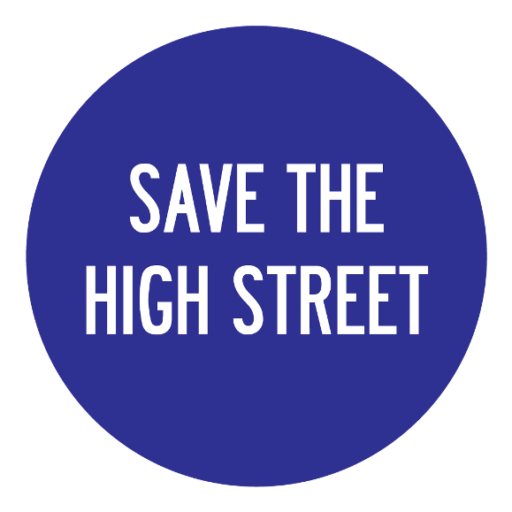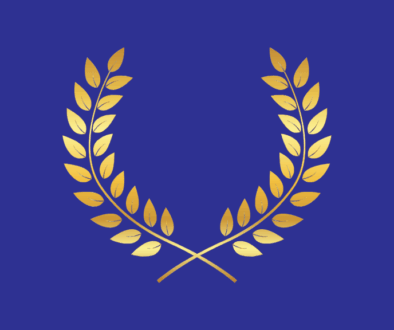How to Use Newsletters to Keep Customers Engaged
So what’s the big deal with newsletters? It seems these days that everyone has one. You can hardly do anything online without being asked to sign up for a newsletter. So why does everyone have a newsletter and what are they using them for?
Well newsletters are an awfully useful way to keep in contact with your customers. They let you keep your shop and your products present in your customers thoughts and they let you keep those customers informed of when you get new and exciting products in. Newsletters are really just a great way to keep your customers interested.
So this is why retailers are jumping on board the newsletter train. This is what everyone is collecting email addresses for. But now that you know the why, what about the how? How can an independent shop use newsletters to keep customers engaged? Well since you asked.
Step 1 – Build Your Emailing List
This is the first step that everyone who’s looking to get started with newsletters needs to take. Without an email list, who will you send newsletters to? This involves getting your customers to sign up for your newsletters, usually through a form on your website. This is actually one of the tougher obstacles to your newsletter, as you’ve got to convince your customers of the benefits of signing up for your newsletter. It may be that your customers will be happy to sign up just to hear more from you, but you may find other customers to be a little more precious with their email address. These customers require some incentives to push them to sign up.
Step 2 – Give Them What You Promised and Get Them Hooked
These might seem like two steps, rather than step two, but these are two things you have to do at once. In your first newsletter you should give your subscribers whatever it is that they signed up for. If you promised exciting newsletters about your new products, give them an exciting newsletter about your new products. If you said they’d receive helpful how-to articles in your newsletters, then make sure they receive exactly that. Your first goal should be to deliver whatever it is that they signed up for and hook them at the same time. Establishing your newsletter, early on, as an exciting, interesting, informative read, is a great way to guarantee people will open in future. If you’re going to get the most out of your newsletters, you need to engage early.

Step 3 – Time Your Emails
So at this point your reader are already invested. They’re ready to hear from you again. They want more of your content. So when do you send it to them?
This is a question that’s stumped many an email marketer. How often is too often? What if you don’t email often enough? The answers to these questions elude so many marketing professionals because they depend heavily on your business, your content and your audience.
So if you’re sending out newsletters to keep customers up-to-date on your new and exciting products, you need new and exciting products to keep them up-to-date on! This means you might not have a consistent newsletter schedule. Most businesses send on a weekly or fortnightly basis, but if your content revolves around showing off new products then you should only send when you have new products to show off. Similarly, if your audience is mostly made up of enthusiasts, then they’re probably up for reading about their hobby on a regular. Whereas an audience made up of one-off customers or casual shoppers may be more likely to grow bored with frequent newsletters that can come across as somewhat spam-like.
And, of course, bear in mind that every subscriber is an individual, with individual preferences and circumstances. Some may like to receive tons of updates that they like to read before bed. Where others might like to be reminded of you every now and then, but consider frequent emails to be a bit clingy for their tastes.
This is the hardest step to give advice on, because every independent shop is different and no two subscribers are the same. But as long as you consider your business, content and audience you can make a schedule for newsletter content that suits everyone.

Step 4 – Learn and Adjust
See what works and do more of it. This is the principle behind a lot of human learning. You need to assess the situation and adjust to it. If you see that some emails you send are getting great open rates, think about why. If there are some products that you feature, that always get a bump in sales after featuring in an email, consider featuring more of that sort of product. As a rule, if your subscribers enjoy something, you should give them more of it.
Of course, if you really want to get into it, there’s a lot more to email newsletters, such as segmentation, automation and multi-channel engagement, but that’s all for another day. For now, just worry about getting walking these four steps and we’ll learn to run another day.
Make sure to check out our special offer from ODICCI, a CRM and email marketing platform that can help you keep customers engaged and interested.
If you have any questions about email newsletters, please feel free to get in touch.




